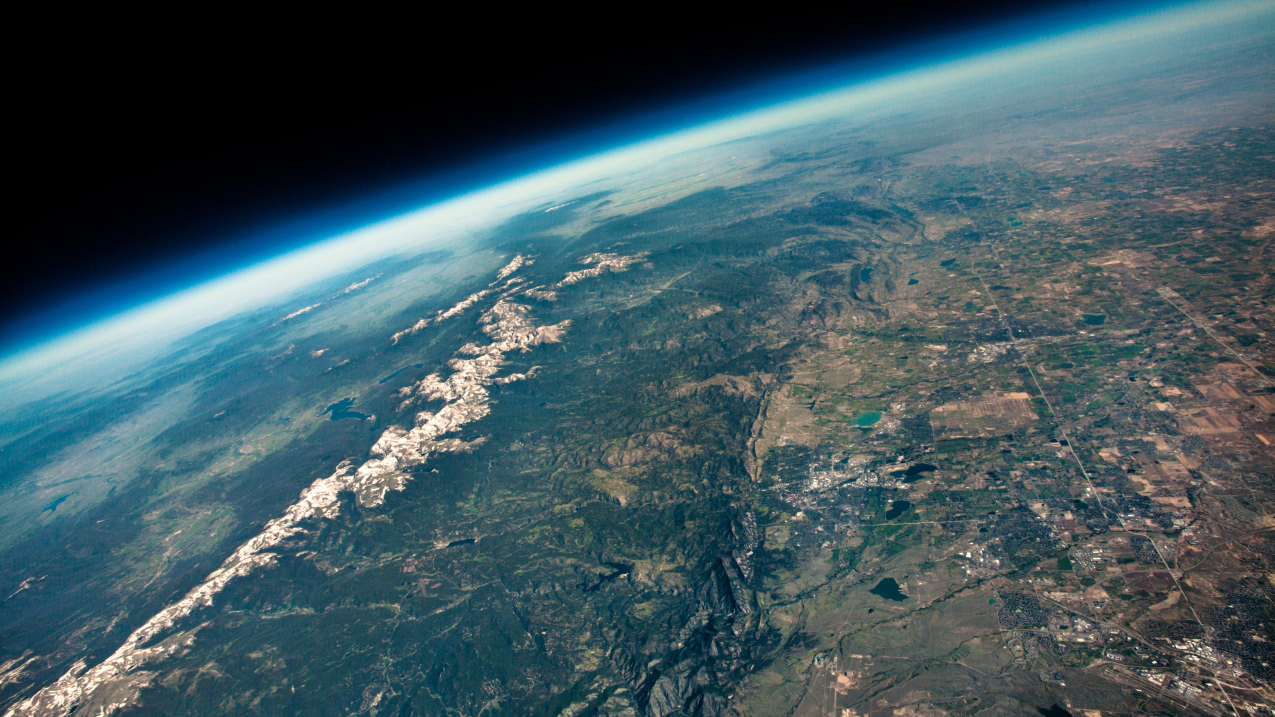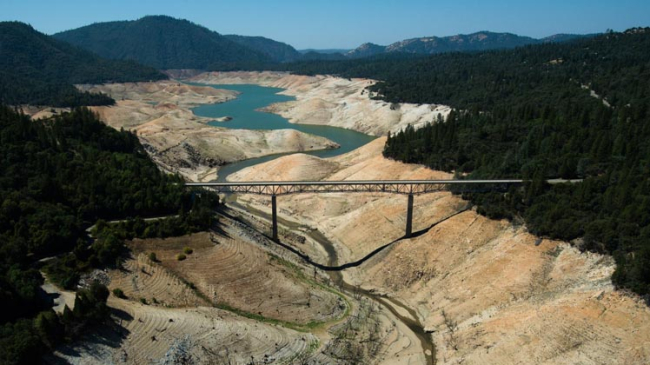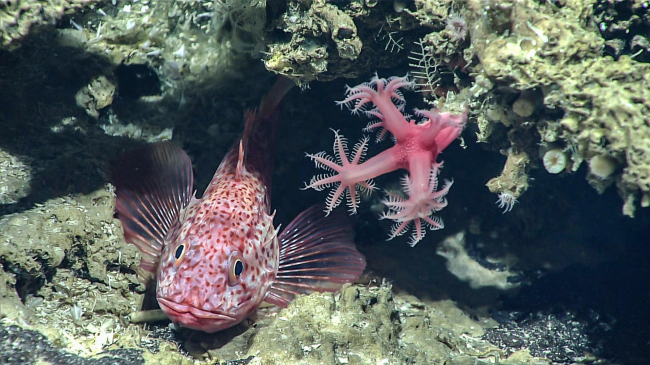The Montreal Protocol was adopted 35 years ago and remains a landmark environmental agreement, saving millions of people from cancer and contributing significantly to the protection of Earth’s climate system. Formally known as the “Montreal Protocol on Substances That Deplete the Ozone Layer,” this important U.N. treaty offsite link bans the release of harmful ozone-depleting chemicals such as chlorofluorocarbons, or CFCs.
Here are four facts about ozone, and the treaty that protects the ozone layer.

The view from an ozone balloon floating 100,000 feet above the Colorado Front Range. NOAA scientists based in Boulder, Colorado launch weekly balloons from sites all around the globe to monitor stratospheric ozone concentrations. Floating to over twice the altitude of commercial airliners, the curvature of Earth and inky black of space are clearly visible. (Image credit: Patrick Cullis, Cooperative Institute for Research in Environmental Sciences)




